
A PERFECT DAY
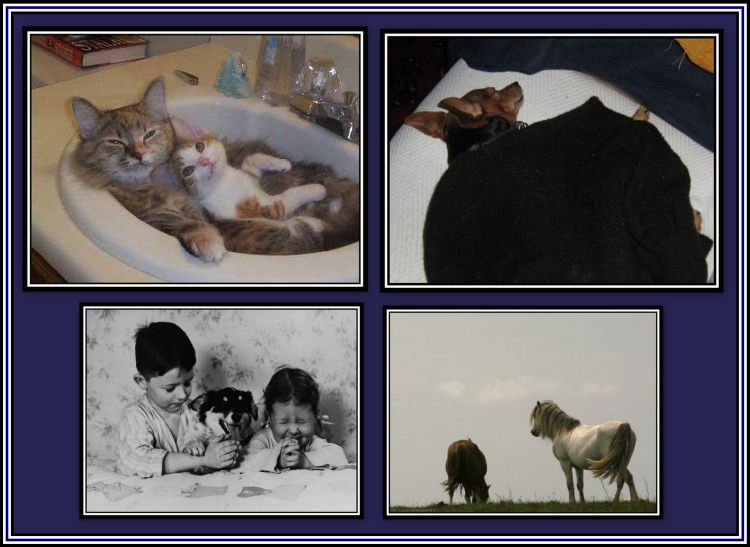 |
Click on the collage to hear another version of A Perfect Day |
| |
| |
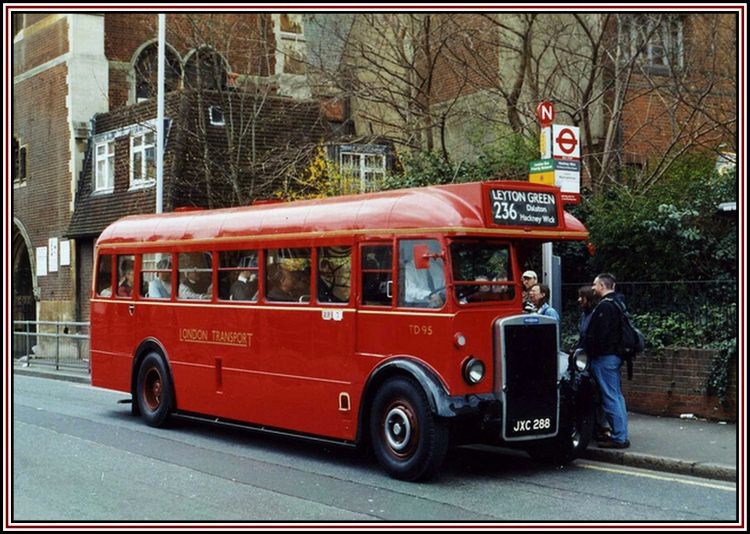 |
| |
The reader needs to remember that I was very young when we made these excursions to the Ridley Road Market and things like disused water troughs, fire engines and horses impressed me greatly. Living where I did in the East End of London, I had been brought up with the red double decker bus and with trolleybuses. I liked the double decker trolleybuses that once ran all over London except for the City and the West End. To be honest, as a child I was unable to ride on a trolleybus for long since their ride was often far from smooth and the bus would occasionally lurch forward at times causing me to feel nauseous and necessitating my getting off before we reached our destination. Still, for short distances, they were wonderful modes of transport and nothing could compare with the experience of sitting upstairs, in the front seat, and watching the shops whizz by. Trolleybuses could certainly move along the roads. My father loved this too. I would go upstairs with him whenever we had to go anywhere on a trolleybus and we would wait for a front seat to become empty, whereupon we would grab it. Often other travelers would give me a seat at the front since they too knew the joy of riding here. In those days, passengers could smoke on the upper section. Fortunately the smoke never bothered me and did not interfere with my pleasure. |
| |
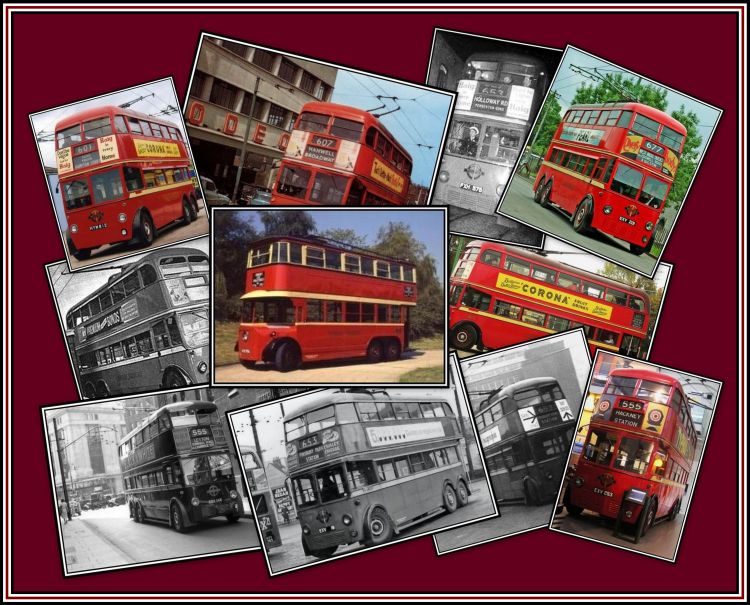 |
| |
| London used to have a wonderful array of buses at one time. I suspect that the current crop of vehicles are probably thought delightful by some, but I find them to be a poor replacement for the magnificent RT and RTL that once owned London Streets. Even the Routemaster, RM, which I disliked when it was first introduced as the replacement of the trolleybus has gained a certain beauty in my eyes over the years. London’s buses looked magnificent in their red livery however they gained an even more majestic look when they were decked out in green. |
| |
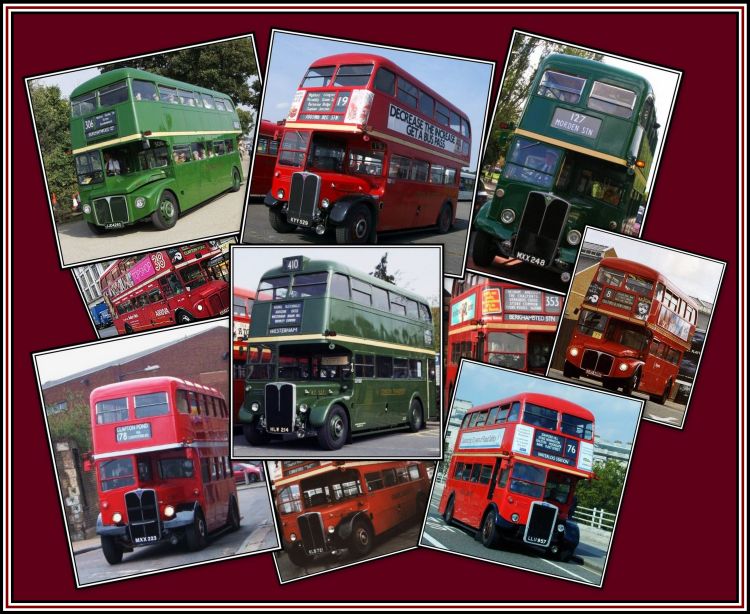 |
| |
| Aldgate bus terminus was the end of the line for a couple of Green Line routes when I was a child. Buses on these routes made limited stops and went out to the very edges of the city venturing into what was once called the Home Counties. Those from Aldgate travelled to far-flung places such as Romford and Hornchurch, which are no longer such distant places and now form part of Greater London. Those buses that made these long journeys were double decker buses in green livery. At that time, and unbeknownst to me, elsewhere Green Line routes were operated by single decker buses. |
| |
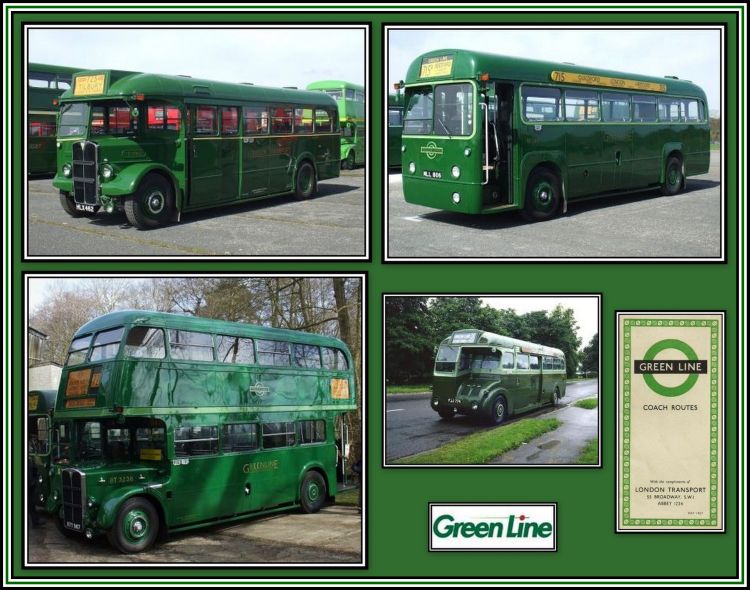 |
| |
Although very young at the time, I remember my first visit to London Fields and the Ridley Road Market. I remember it because this was when I saw my first London Transport single decker bus. This may not seem anything special to the reader, but to me at this time, I was amazed by this bus. Although it seemed tiny compared to the huge double decker buses seen all over London, it had a beauty, which I still find appealing.
I remember seeing the bus coming towards us. Perhaps my memory has been tainted by ideas and feelings that came later, but I recall that the bus looked like a huge strange animal, something like a rhinoceros or a hippopotamus, lumbering towards us. What surprised me most about the bus was that it was a single decker. I was very excited by this, as I have never seen a single decker bus before. It was a revelation. It slowly coughed and spluttered as it slid to a halt at the bus stop whereupon it began to shake as it waited for us to get on board. These vibrations caused the bus to make unique sounds that led me to name it the Crockle Bus. I suspect that what I meant by crockle was in probability crackle, but being young and still not yet going to school, I did not know whether a word was correct English or not. Later, I would refer to it as the little red bus. Some years on I learned that the official name of the Crockle Bus was the TD type bus or Leyland tiger PS 1 single decker. |
| |
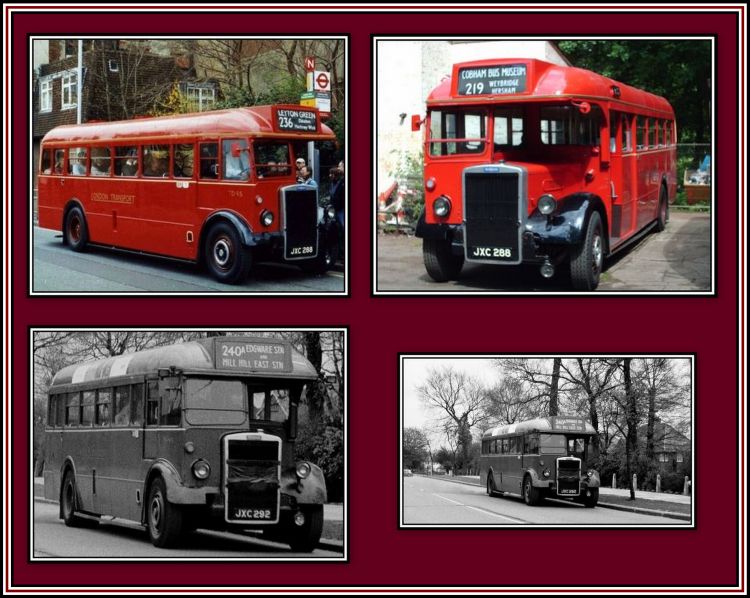 |
| |
| Naturally I had seen coaches before the Crockle Bus, but I had never seen a London Transport single decker bus. The Grey-Green Coach Company was located on Mile End Road not far from where my parents’ pie ‘n’ mash shop used to be. From an early age I had been taken to the seaside on their coaches. I remember going to Southend and to Brighton for day trips and to Margate for our annual week’s holiday by coach or charabanc, as they were called at the time. These coaches were comfortable and had large windows so that passengers could enjoy the view as they rushed through the London streets and into the countryside. Nice as they were, they were not as appealing to me as this delightful bus that I discovered at London Fields. |
| |
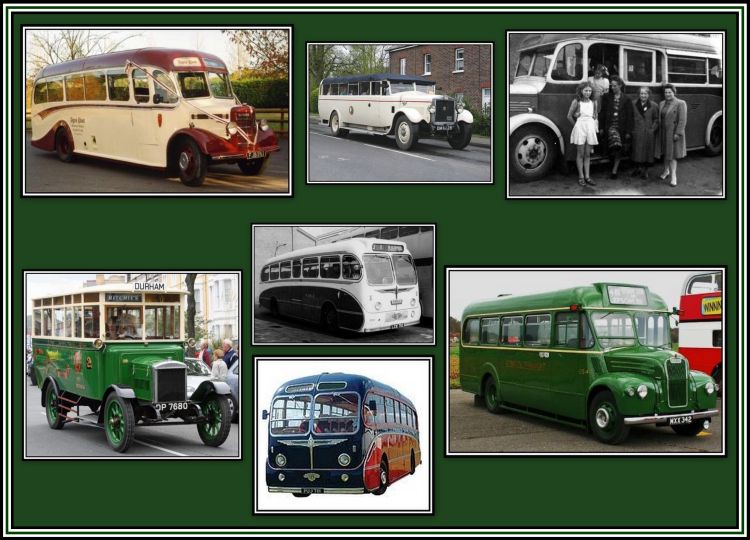 |
| |
| At this time I had no idea of route numbers, bus garages and destinations. I knew that the 653 trolleybus went to Aldgate, but I did not know where its other terminus was. I doubt if I even realized that there were such things as other termini. I certainly had no idea of the route number of the little red bus. I later learned that the route, which was 236, had been given the number 263 when it was introduced in 1926 when its inaugural route was from London Fields to Leyton Town Hall. The route was soon extended from London Fields to Finsbury Park via Ridley Road. The route was renumbered to 236 in 1934 and the Crockle Bus or Leyland TD was introduced to the route in the summer of 1949 and was maintained at both Leyton and Tottenham Bus Garages. On 26th November, 1958, the Crockle Bus was replaced by the RF single decker bus. RF stood for Regal Flat and its official name was the AEC Regal IV. Although the Crockle Bus no longer worked this route, its working life was not over yet, as they were sent to Kingston and Edgware where the last one remained in service until 1962. |
| |
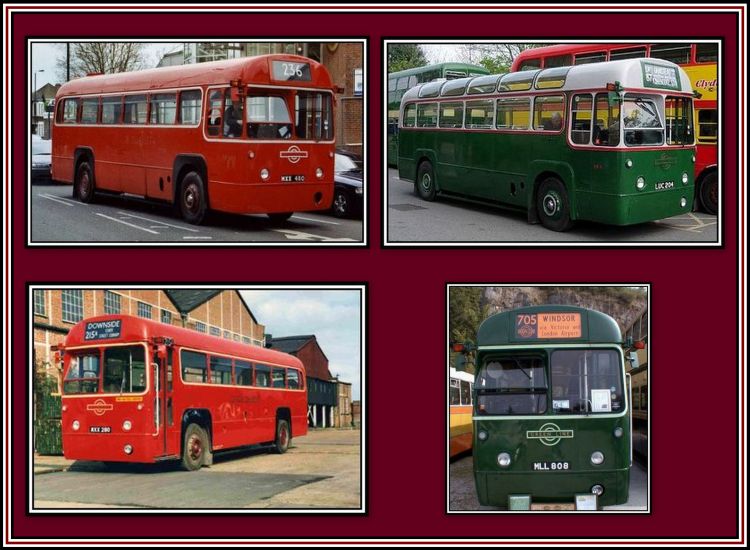 |
| |
| In April 1971, the RF was withdrawn from service on route 236 and replaced by single operator Swifts. These buses worked the route until 1978 when Leyland Nationals took over the service. |
| |
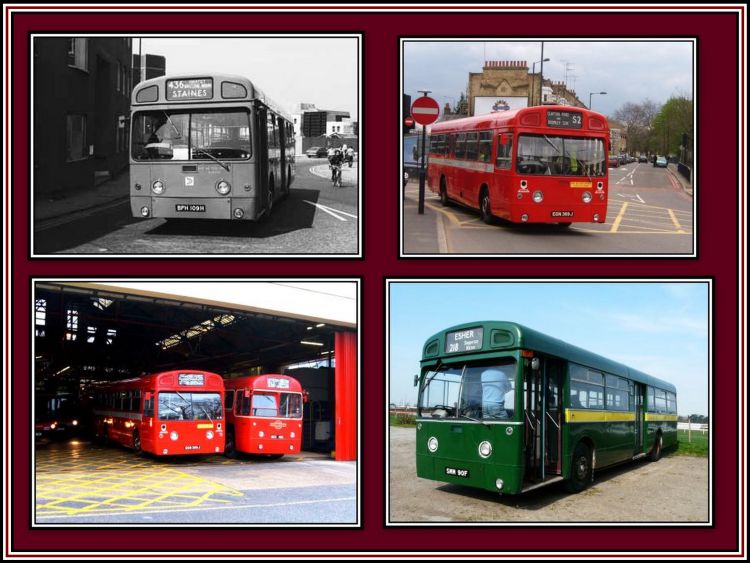 |
Swifts |
| |
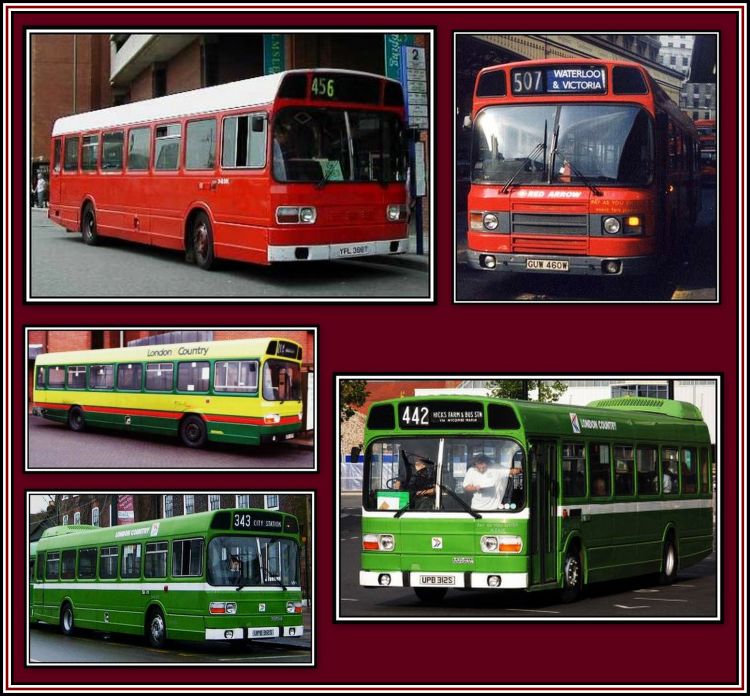 |
Leyland Nationals |
| |
Since the introduction of the 236 route, various modifications to its course, as well as changes to the bus garages where the buses were housed: until 1971, those buses operating the route, which were maintained at Tottenham garage, were transferred to Dalston Garage; in 1988, the length of the route was cut when Hackney Wick became its eastern terminus; and in 1989, after sixty years of operation, Leyton Garage stopped housing and servicing buses covering this route.
Currently the 236 route is operated by Dennis Dart SLF buses and runs from Hackney Wick to Finsbury Park, a distance of seven miles, which is covered between 33 and 49 minutes. The route is operated over a 24-hour period today, which it certainly was not when I was a child. |
| |
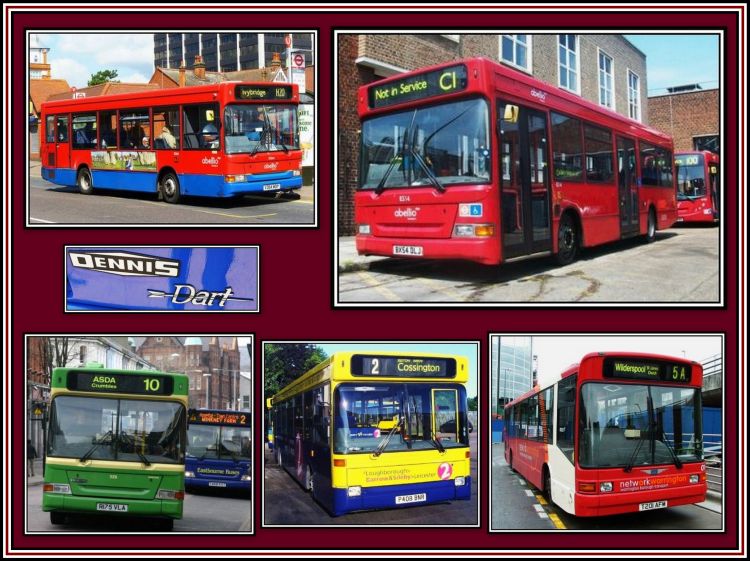 |
| |
Anyway, during the time when I was taken to the Ridley Road Market, the 236 ran between Leyton and Finsbury Park and was operated by TD Leyland Tiger PS 1 buses, which were maintained at Leyton and Tottenham garages, not that this meant anything to me then! |
| |
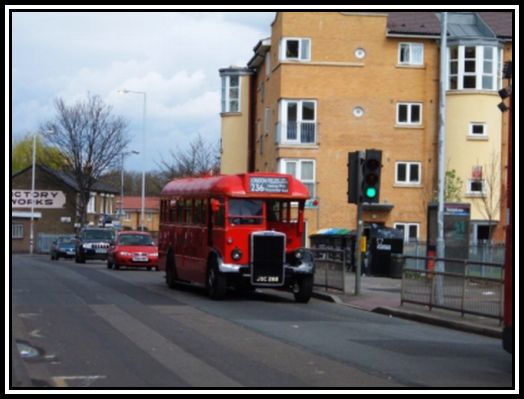 |
| |
Grateful thanks are extended to Peter Osborn for allowing a number of his pictures to appear here and for his helpful discussion; to Felix Felix and Geoff Plumb for permitting their pictures of The Little Red Bus to be reproduced; to Geoff Bannister for allowing his picture of the 653 Trolleybus to appear here; and to Barry LeJeune for his help. |
| |
Swifts represented an oddity, as London Transport decided to call their long Swifts, Merlins and gave them a different code. I suppose this is similar to what they did earlier with the RM.
Like you, I have many memories of the older classes of London buses. My first favourite was the tram. I had just come to live in South London when the trams that ran in Wandsworth had about a year to run. There were also two trolleybus routes - the 612 and the 630 – which passed the bottom of my street.
Being a Northerner, Leyland vehicles were always my weak spot with the RTL, RTW and TD being high on my list. I remember a day-out with a Red Rover on one occasion while being on a TD on route 250 at Passingford Bridge near Epping when a passenger's bag tipped over and the contents cascaded out and apples rolled all over the bus!
The RM became a great favourite of mine. I preferred it to the RT, which, by the way, stood for Regent, and which (whisper this!) I always found rather bland and that there were too many of them on the road. I was more used to the D and the STL in my area when I first came down.
By the way, the RF classification, which stood for Regal Flat, was because it had the under floor engine lying flat. This was similar to the TF coach, which appears on your Green Line collage. This stood for Tiger Flat.
Geoff Bannister
I remember taking the 236 whenever there were problems with the double decker buses at Hackney Wick. I also remember taking it to Homerton Hospital (which my family used to call Hackney Hospital for some unknown reason!) to see my father when he was ill. We would walk up to Kenton Road from my school, St. Dominic’s Primary School, and get the bus to the hospital.
Patrick, Peterborough |
| |
|
|
|
|
|
|